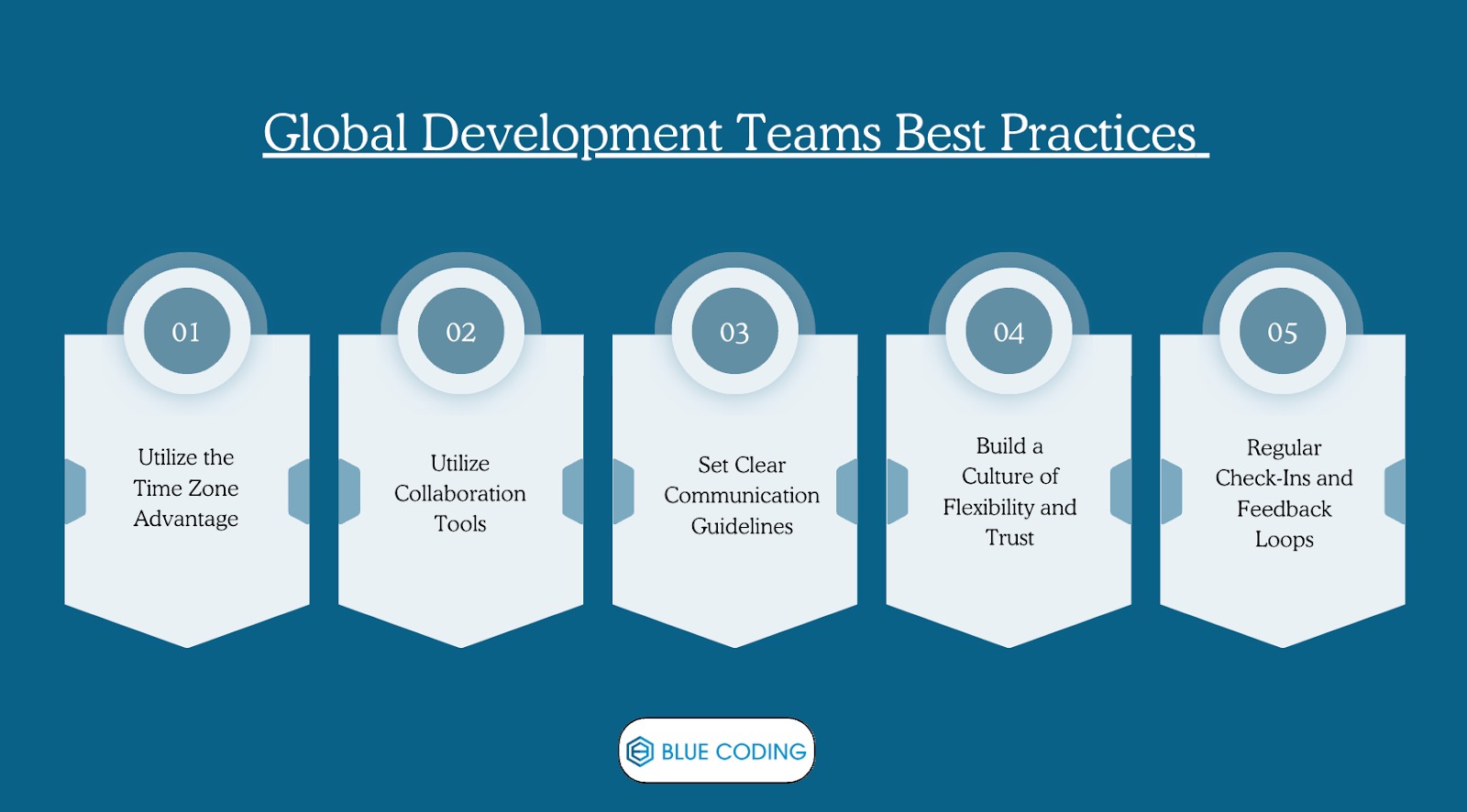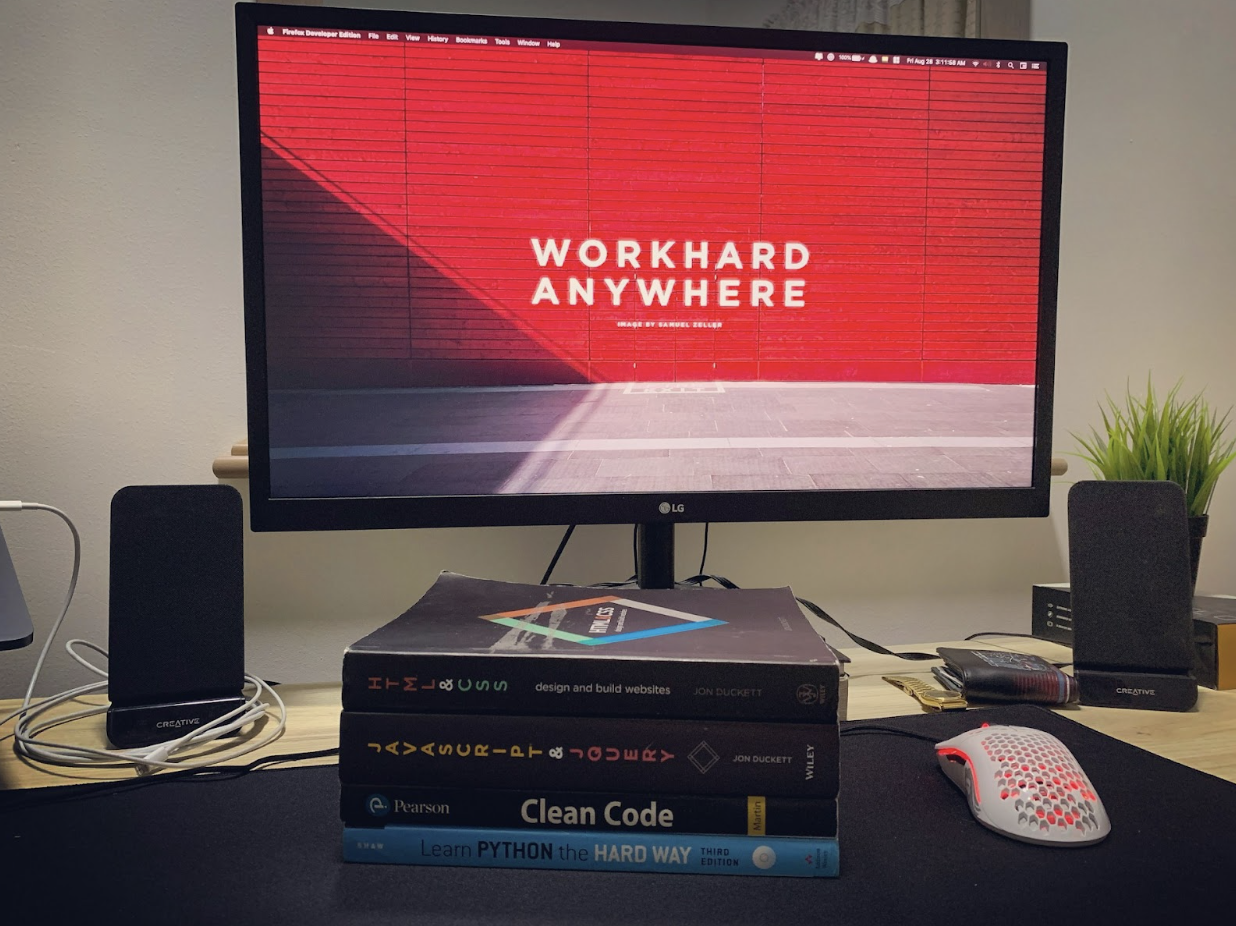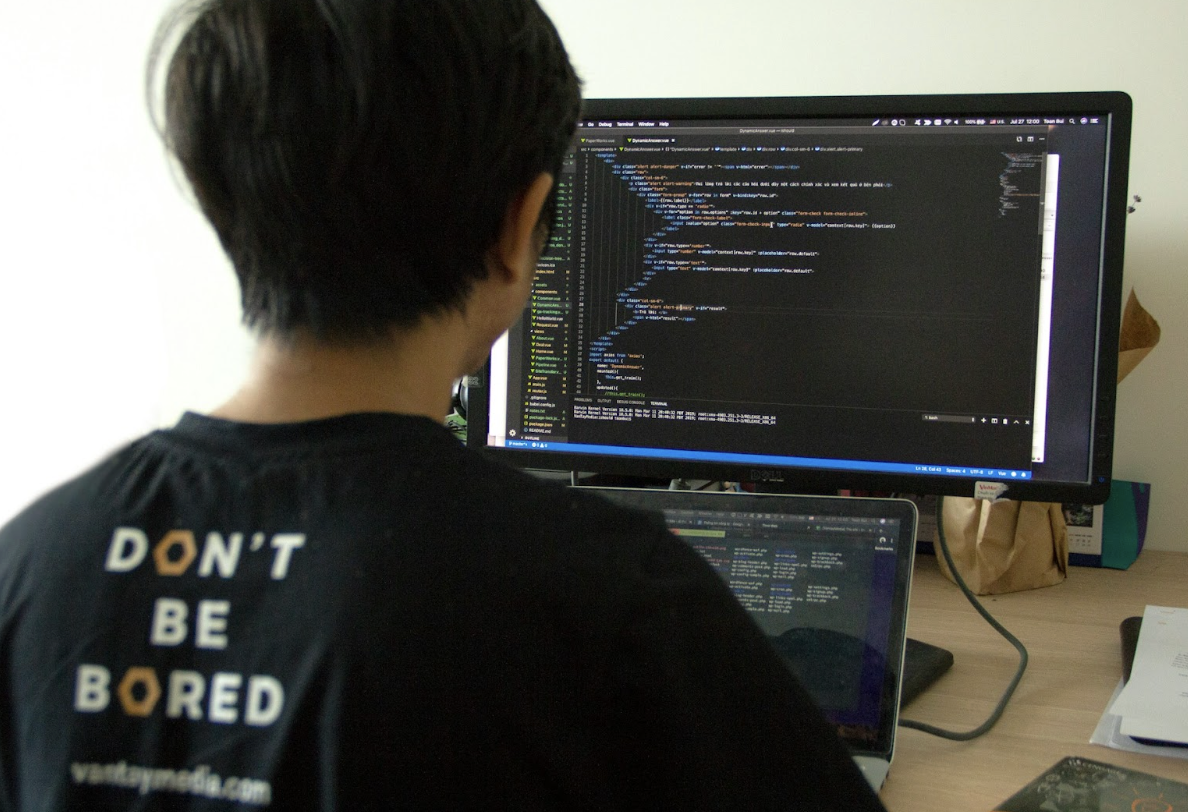 News
News
The globe and all countries are extremely connected now thanks to technology. Therefore, working with global development teams is becoming the norm rather than the exception. As of June 12, 2023, one in five employees are working remotely, and by 2025, 32.6 million Americans are expected to be working remotely. Latin America has become a popular destination for companies looking to outsource or collaborate with tech talent, and it’s easy to see why. LATAM offers skilled developers, cultural similarities to the U.S. and Europe, and, most importantly, a favorable time zone overlap with North American businesses. However, collaborating with global development teams across multiple time zones comes with its own challenges. Successfully managing a global development team requires careful planning, clear communication, and a deep understanding of time zone differences, especially when integrating LATAM professionals. In this blog post, we’ll explore how to effectively manage a global development team while taking advantage of LATAM time zones. We’ll also share best practices for ensuring smooth collaboration between teams located across different regions.
Why LATAM is a Key Region for Global Development Teams
Before understanding how to manage time zone differences, it's worth exploring why LATAM is such a prime region for outsourcing and collaboration. LATAM offers a growing number of highly educated and skilled developers. Countries like Brazil, Mexico, Argentina, and Colombia have made significant investments in their technology sectors, creating a rich talent pool for international companies. One of the major selling points for LATAM is the time zone alignment with North American businesses. Many LATAM countries share time zones with the U.S. or are only a few hours ahead or behind, which reduces the need for night-shift work or delayed responses due to time differences. Unlike working with teams in Asia or Eastern Europe, where the time difference can span 10+ hours, LATAM allows for near real-time collaboration, making it easier to manage projects, communicate promptly, and address any issues as they arise.
Understanding LATAM Time Zones
Latin America spans a large geographical area and, as a result, has multiple time zones. However, compared to other regions of the world, these time zones are relatively easy to manage, particularly when working with teams in the U.S. Here’s a quick overview of the time zones in key LATAM countries:
Argentina: UTC-3
Brazil: UTC-3 (some regions like Rio and São Paulo) but can vary
Mexico: UTC-6 (Mexico City) or UTC-7 (Baja California)
Colombia: UTC-5
Chile: UTC-4 (with daylight saving changes)
Most LATAM countries operate within the same working hours as North American teams, allowing for easy overlap during the traditional 9-5 workday. Even with time zone differences between regions, the gap typically spans only a few hours. For instance, working with a team in Argentina while based in New York (UTC-5) means you only have a 2-hour difference. This limited gap creates a great opportunity for collaboration, as you can schedule meetings, calls, and deliverables with minimal adjustments.
The Challenges of Managing Global Development Teams
Managing global development teams, even when collaborating with time zone-friendly regions like LATAM, does come with its own set of challenges. Time zone differences, cultural nuances, and varied work practices can sometimes lead to delays, miscommunication, and lower productivity if not managed effectively.
》 Time Zone Overlap
While LATAM time zones are more convenient than others, there’s still a need to manage overlap. If you’re based in a region like Europe or Asia, coordinating schedules between different time zones can become tricky. Not all team members will have the same working hours, and this can lead to communication gaps and delayed project deliverables.
》 Communication Barriers
Clear communication is essential for the success of any global development team. Different cultures have unique communication styles, and without clear guidelines, messages can be misinterpreted or lost in translation. Moreover, differences in language proficiency can further complicate communication efforts, making it harder for teams to stay aligned on goals, priorities, and tasks.
》 Tracking Progress Across Regions
Managing a global development team means tracking progress in real-time across regions. With teams working on different schedules, it can be challenging to monitor progress consistently. This can result in inefficiencies or bottlenecks in the project pipeline, especially when feedback or reviews are needed from team members in other time zones.
Global Development Teams Best Practices

Successfully managing a global development team involves more than just navigating time zones. It requires a set of best practices that promote transparency, communication, and flexibility. Here’s how you can optimize collaboration when working with global development teams, particularly those in LATAM:
Utilize the Time Zone Advantage.
The biggest advantage of working with LATAM development teams is the overlap in working hours with North America. To maximize this advantage, schedule meetings during the overlap period. This could mean holding stand-up meetings or project check-ins during the early morning hours for U.S.-based teams and later in the afternoon for LATAM teams. By aligning critical touch points within these hours, you can keep everyone on the same page and ensure prompt communication. For teams based in Europe or Asia, you can consider shifting working hours or adopting flexible schedules to allow for overlap with LATAM colleagues.
2. Utilize Collaboration Tools.
Collaboration tools are the backbone of any successful global development team. Tools like Slack, Microsoft Teams, and Zoom allow for real-time communication, file sharing, and video calls, helping to bridge the gap between different time zones. Project management platforms like Trello, or Asana can also help teams track tasks and stay organized, regardless of where they are in the world. Using cloud-based platforms like Google Drive or Dropbox ensures that all team members can access critical files at any time, reducing issues caused by waiting for documents or updates from colleagues in other time zones.
3. Set Clear Communication Guidelines.
To avoid misunderstandings, set clear communication guidelines from the start. Establish how and when team members should communicate, whether through email, Slack, or during scheduled video meetings. Be specific about what needs to be communicated immediately (e.g., issues or urgent tasks) and what can be documented for later review (e.g., progress updates, meeting notes). Encourage communication whenever possible. With a global team, it's important to be able to work without waiting for instant responses from team members in other time zones. By clearly documenting tasks, expectations, and timelines, your LATAM and global development teams can continue to work without constant check-ins.
4. Build a Culture of Flexibility and Trust.
Managing a global development team means recognizing that not everyone will be working at the same time. Rather than focusing on hours worked, prioritize results. Adopt a culture of flexibility that allows team members to adjust their working hours around key meetings or deliverables. This approach not only makes it easier to navigate time zone differences but also fosters trust among team members. Trust is crucial when working across time zones. Micromanagement is not an option when you can't physically oversee a team’s work, so focus on setting clear objectives and empowering your team to make decisions. Trust your LATAM developers and global team members to do their work effectively and independently.
5. Regular Check-Ins and Feedback Loops
Despite time zone differences, regular check-ins are essential for keeping the team aligned and maintaining a sense of cohesion. Weekly or bi-weekly meetings can help team members share updates, discuss challenges, and provide feedback on ongoing tasks. These check-ins should include both synchronous meetings (where everyone joins live) and asynchronous updates (such as recorded videos or written summaries) for those unable to attend. Also, create feedback loops where team members can provide input on processes, tools, and communication methods. A collaborative feedback approach ensures that everyone’s needs are addressed, regardless of time zone or location.
Hire Remote Development Teams With Blue Coding
At Blue Coding, we specialize in helping businesses hire remote development teams that seamlessly integrate with their operations. With a focus on LATAM talent, our team is well-versed in managing time zone differences, ensuring your projects run smoothly with minimal delays. We carefully vet and handpick developers to match your specific needs, providing top-tier tech talent that fits your business culture. Whether you're scaling your global development team or seeking specialized skills, Blue Coding offers flexible solutions designed to help you thrive in today's digital landscape. Contact us now and book your free discovery call to learn more about our services in detail.



